-
 bitcoin
bitcoin $114684.631706 USD
-0.87% -
 ethereum
ethereum $4228.677447 USD
1.58% -
 bnb
bnb $1294.880693 USD
-1.16% -
 tether
tether $1.000819 USD
-0.02% -
 xrp
xrp $2.605138 USD
2.79% -
 solana
solana $209.908690 USD
5.89% -
 usd-coin
usd-coin $0.999903 USD
-0.03% -
 dogecoin
dogecoin $0.213423 USD
2.93% -
 tron
tron $0.322721 USD
-0.10% -
 cardano
cardano $0.727247 USD
3.66% -
 hyperliquid
hyperliquid $42.339456 USD
6.05% -
 chainlink
chainlink $19.910811 USD
5.16% -
 ethena-usde
ethena-usde $1.000557 USD
0.00% -
 stellar
stellar $0.349734 USD
2.69% -
 bitcoin-cash
bitcoin-cash $543.848687 USD
-0.21%
How to reduce DeFi transaction costs? What are the gas fee optimization techniques?
To minimize DeFi transaction costs, time transactions during low network activity, use gas price estimators, choose efficient DeFi platforms, and consider Layer 2 solutions.
May 08, 2025 at 01:08 pm
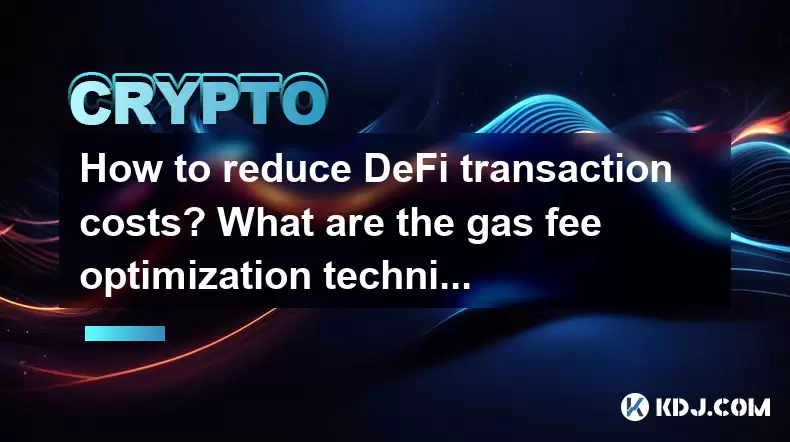
Reducing transaction costs in the decentralized finance (DeFi) ecosystem is crucial for users looking to maximize their returns and minimize expenses. One of the primary costs associated with DeFi transactions is the gas fee, which is the fee paid to miners for processing transactions on the Ethereum blockchain. Understanding how to optimize these gas fees can significantly enhance your DeFi experience. This article will explore various techniques for reducing DeFi transaction costs, with a focus on gas fee optimization.
Understanding Gas Fees
Before delving into optimization techniques, it's essential to understand what gas fees are and why they fluctuate. Gas fees are payments made by users to compensate for the computational energy required to process and validate transactions on the Ethereum network. The fee is determined by two factors: the gas limit and the gas price. The gas limit represents the maximum amount of gas a user is willing to consume for a transaction, while the gas price is the amount of Ether (ETH) a user is willing to pay per unit of gas.
Timing Your Transactions
One of the simplest yet effective ways to reduce gas fees is by timing your transactions. The Ethereum network experiences varying levels of congestion throughout the day, which directly impacts gas prices. During periods of low network activity, gas fees are typically lower. Therefore, executing transactions during off-peak hours can lead to significant savings. Tools like Etherscan or GasNow provide real-time data on gas prices, helping users identify the best times to transact.
- Visit Etherscan or GasNow to check current gas prices.
- Monitor the network activity throughout the day.
- Execute your transactions when gas prices are at their lowest.
Using Gas Price Estimators
To further optimize your gas fees, you can leverage gas price estimators. These tools analyze historical data and current network conditions to suggest an optimal gas price for your transactions. Popular gas price estimators include EthGasStation and GasNow. By setting your gas price according to these recommendations, you can ensure your transaction is processed quickly without overpaying.
- Navigate to EthGasStation or GasNow.
- Input the details of your transaction to get a gas price recommendation.
- Set your gas price accordingly when initiating the transaction.
Choosing the Right DeFi Platform
Not all DeFi platforms are created equal when it comes to transaction costs. Some platforms are more efficient than others, resulting in lower gas fees. Researching and selecting a DeFi platform that optimizes its smart contracts for lower gas consumption can lead to significant savings. Platforms like Uniswap and SushiSwap have been known to implement various optimizations to reduce the gas costs associated with their operations.
- Research different DeFi platforms and compare their gas fee structures.
- Look for platforms that have implemented gas optimization techniques.
- Choose the platform that offers the best balance between functionality and cost.
Utilizing Layer 2 Solutions
Layer 2 solutions are another effective way to reduce gas fees. These solutions operate on top of the Ethereum blockchain and help alleviate network congestion by processing transactions off-chain before settling them on the main Ethereum network. Popular Layer 2 solutions include Optimism, Arbitrum, and Polygon. By using these platforms, you can significantly reduce your transaction costs while still benefiting from the security of the Ethereum network.
- Sign up for a Layer 2 solution like Optimism, Arbitrum, or Polygon.
- Transfer your assets to the Layer 2 network.
- Conduct your DeFi transactions on the Layer 2 platform to benefit from lower gas fees.
Batch Transactions
Batching multiple transactions into a single transaction can also help reduce gas fees. Instead of executing each transaction individually, which incurs separate gas fees, you can combine them into one transaction. This approach is particularly useful for users who need to perform multiple similar transactions, such as swapping tokens or interacting with multiple smart contracts. By batching these transactions, you can save on gas costs and streamline your DeFi operations.
- Identify the transactions you need to perform.
- Use a DeFi platform or wallet that supports batching transactions.
- Combine your transactions into a single batch and execute it to save on gas fees.
Optimizing Smart Contract Interactions
Smart contracts are at the heart of DeFi, and optimizing your interactions with them can lead to lower gas fees. Some smart contracts are designed to be more gas-efficient than others. By choosing contracts that have been optimized for gas consumption, you can reduce your transaction costs. Additionally, some platforms offer gas-efficient versions of popular DeFi protocols, which can further help in reducing fees.
- Research the smart contracts you plan to interact with.
- Look for gas-optimized versions of popular DeFi protocols.
- Use these optimized contracts to minimize your gas fees.
Frequently Asked Questions
Q: Can I set a custom gas price for my transactions?A: Yes, most Ethereum wallets and DeFi platforms allow users to set a custom gas price for their transactions. By setting a lower gas price, you can potentially save on fees, but be aware that your transaction may take longer to process during times of high network congestion.
Q: Are there any risks associated with using Layer 2 solutions?A: While Layer 2 solutions can significantly reduce gas fees, there are some risks to consider. These include potential security vulnerabilities and the need to bridge your assets back to the main Ethereum network, which can incur additional costs. Always research and understand the risks before using Layer 2 solutions.
Q: How can I monitor gas prices in real-time?A: You can monitor gas prices in real-time using tools like Etherscan, GasNow, or EthGasStation. These platforms provide up-to-date information on gas prices and network congestion, helping you make informed decisions about when to execute your transactions.
Q: Is it possible to reduce gas fees on other blockchains besides Ethereum?A: Yes, other blockchains like Binance Smart Chain and Solana also have transaction fees, and similar optimization techniques can be applied. However, the specific methods may vary depending on the blockchain's architecture and fee structure.
Disclaimer:info@kdj.com
The information provided is not trading advice. kdj.com does not assume any responsibility for any investments made based on the information provided in this article. Cryptocurrencies are highly volatile and it is highly recommended that you invest with caution after thorough research!
If you believe that the content used on this website infringes your copyright, please contact us immediately (info@kdj.com) and we will delete it promptly.
- XRP Price Prediction: Weekend Rollercoaster or Rally?
- 2025-10-12 08:45:16
- Bittensor (TAO): Super Bullish Signals Point to Potential 2x Rally
- 2025-10-11 10:25:12
- Silver Price Correction: Navigating the Dip & Identifying Key SEO Keywords
- 2025-10-11 10:25:12
- Decoding Crypto Trends: Bittensor's Bull Run, Cardano's Dip, and LivLive's Presale Buzz in 'Uptober 2025'
- 2025-10-12 08:45:16
- MoonBull: The Crypto Meme Coin Promising 1000x Gains?
- 2025-10-11 10:30:01
- Crypto Payroll Revolution: Stablecoins, Altcoins, and the Future of Salary Payments
- 2025-10-11 10:30:01
Related knowledge

How to track DeFi activity on a block explorer
Sep 04,2025 at 05:36pm
Bitcoin's Role in Decentralized Finance1. Bitcoin remains the cornerstone of the cryptocurrency ecosystem, serving as both a store of value and a benc...
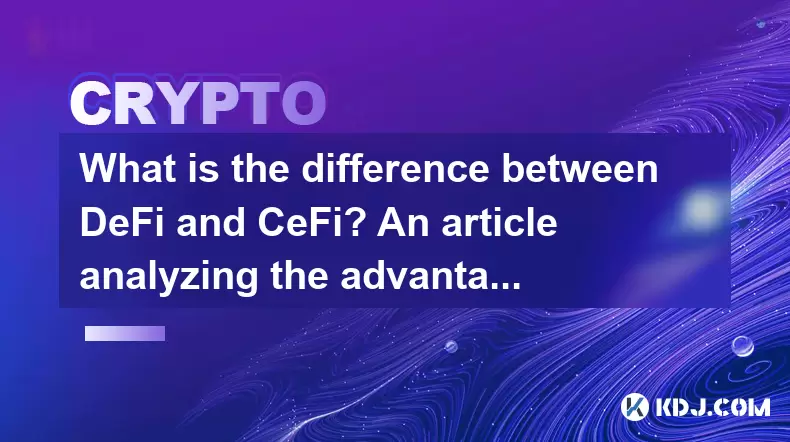
What is the difference between DeFi and CeFi? An article analyzing the advantages and disadvantages of both
Jun 13,2025 at 03:57am
Understanding the Foundations of DeFi and CeFiTo fully grasp the difference between DeFi (Decentralized Finance) and CeFi (Centralized Finance), it’s ...
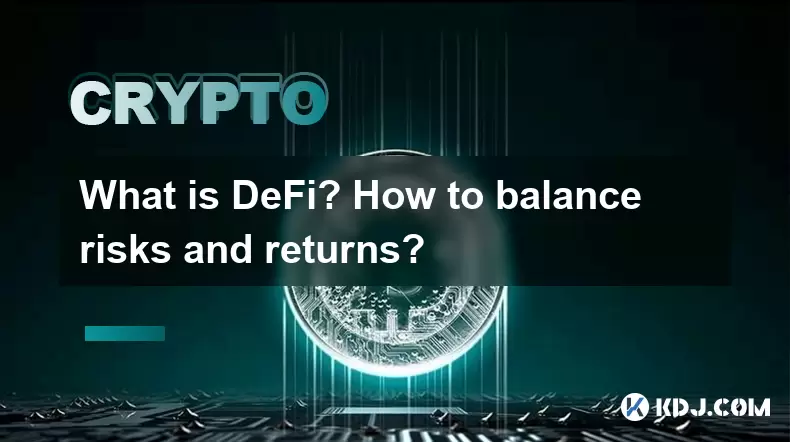
What is DeFi? How to balance risks and returns?
May 31,2025 at 12:22pm
What is DeFi? How to Balance Risks and Returns? Decentralized Finance, commonly known as DeFi, represents a revolutionary shift in the financial ecosy...
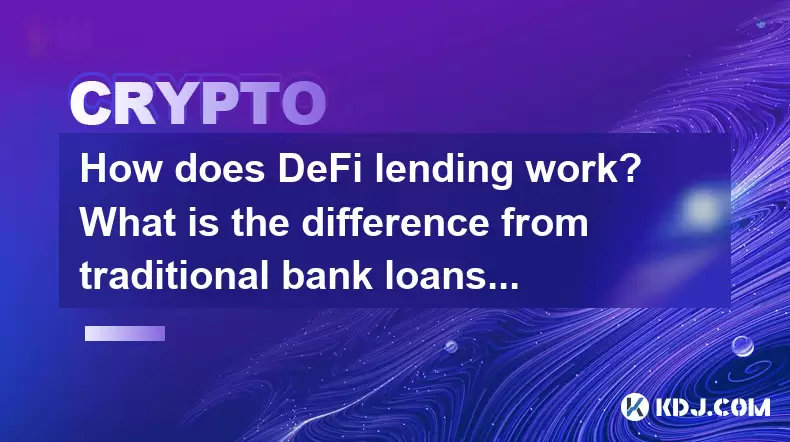
How does DeFi lending work? What is the difference from traditional bank loans?
May 29,2025 at 05:36pm
Introduction to DeFi LendingDeFi lending, or decentralized finance lending, represents a revolutionary shift in the way borrowing and lending are cond...
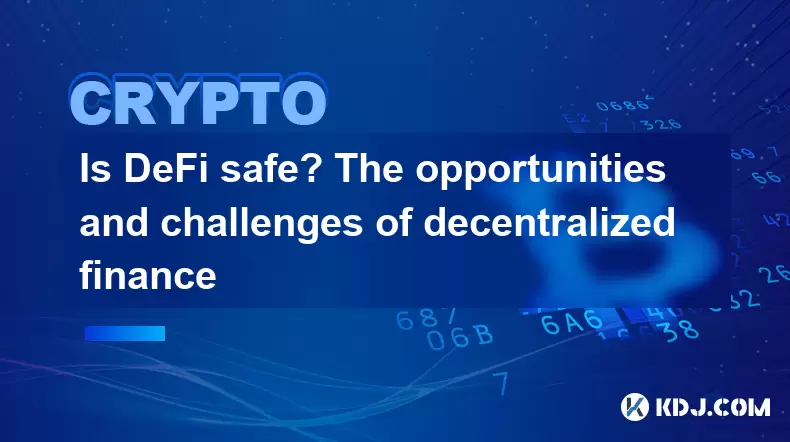
Is DeFi safe? The opportunities and challenges of decentralized finance
May 27,2025 at 02:28pm
Decentralized Finance, commonly known as DeFi, has revolutionized the financial landscape by offering a range of financial services without the need f...
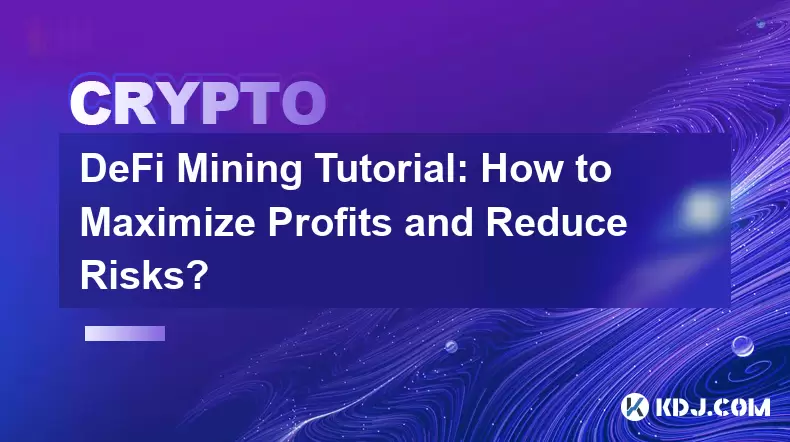
DeFi Mining Tutorial: How to Maximize Profits and Reduce Risks?
May 27,2025 at 07:42am
DeFi, or Decentralized Finance, has opened up a new world of opportunities for crypto enthusiasts looking to maximize their profits through various mi...

How to track DeFi activity on a block explorer
Sep 04,2025 at 05:36pm
Bitcoin's Role in Decentralized Finance1. Bitcoin remains the cornerstone of the cryptocurrency ecosystem, serving as both a store of value and a benc...

What is the difference between DeFi and CeFi? An article analyzing the advantages and disadvantages of both
Jun 13,2025 at 03:57am
Understanding the Foundations of DeFi and CeFiTo fully grasp the difference between DeFi (Decentralized Finance) and CeFi (Centralized Finance), it’s ...

What is DeFi? How to balance risks and returns?
May 31,2025 at 12:22pm
What is DeFi? How to Balance Risks and Returns? Decentralized Finance, commonly known as DeFi, represents a revolutionary shift in the financial ecosy...

How does DeFi lending work? What is the difference from traditional bank loans?
May 29,2025 at 05:36pm
Introduction to DeFi LendingDeFi lending, or decentralized finance lending, represents a revolutionary shift in the way borrowing and lending are cond...

Is DeFi safe? The opportunities and challenges of decentralized finance
May 27,2025 at 02:28pm
Decentralized Finance, commonly known as DeFi, has revolutionized the financial landscape by offering a range of financial services without the need f...

DeFi Mining Tutorial: How to Maximize Profits and Reduce Risks?
May 27,2025 at 07:42am
DeFi, or Decentralized Finance, has opened up a new world of opportunities for crypto enthusiasts looking to maximize their profits through various mi...
See all articles





















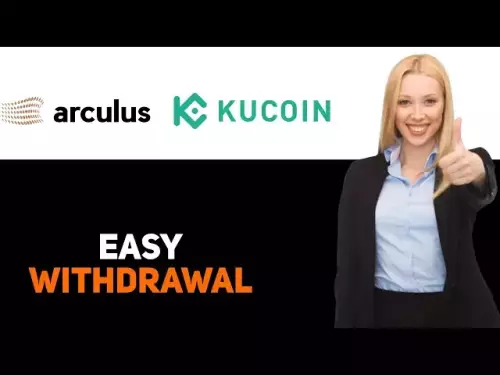

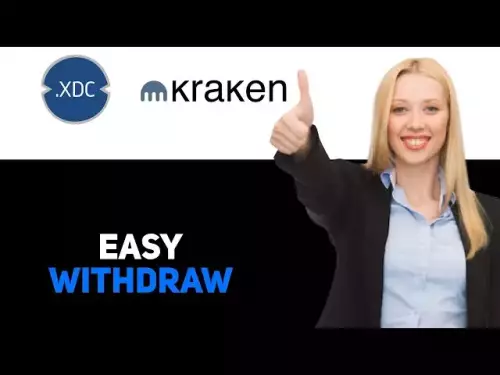
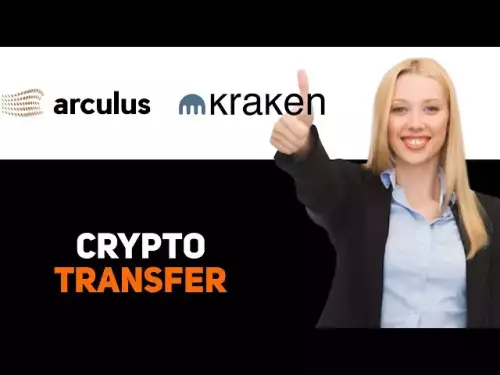
![[4K 60fps] Prisma by novichokk (1 Coin) [4K 60fps] Prisma by novichokk (1 Coin)](/uploads/2025/10/14/cryptocurrencies-news/videos/k-fps-prisma-novichokk-coin/68ee49804ba00_image_500_375.webp)
















































